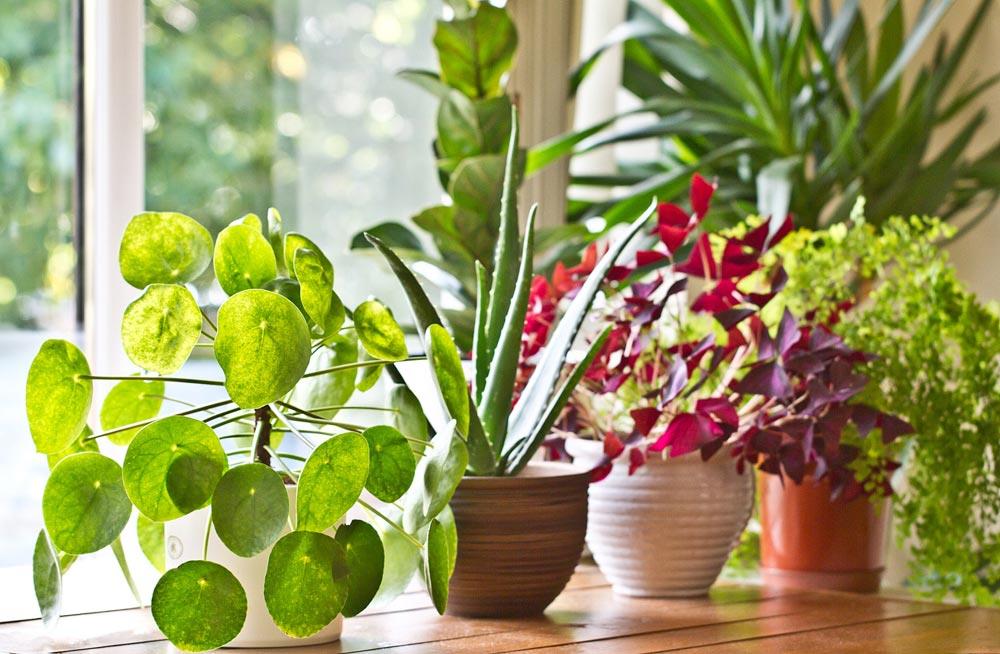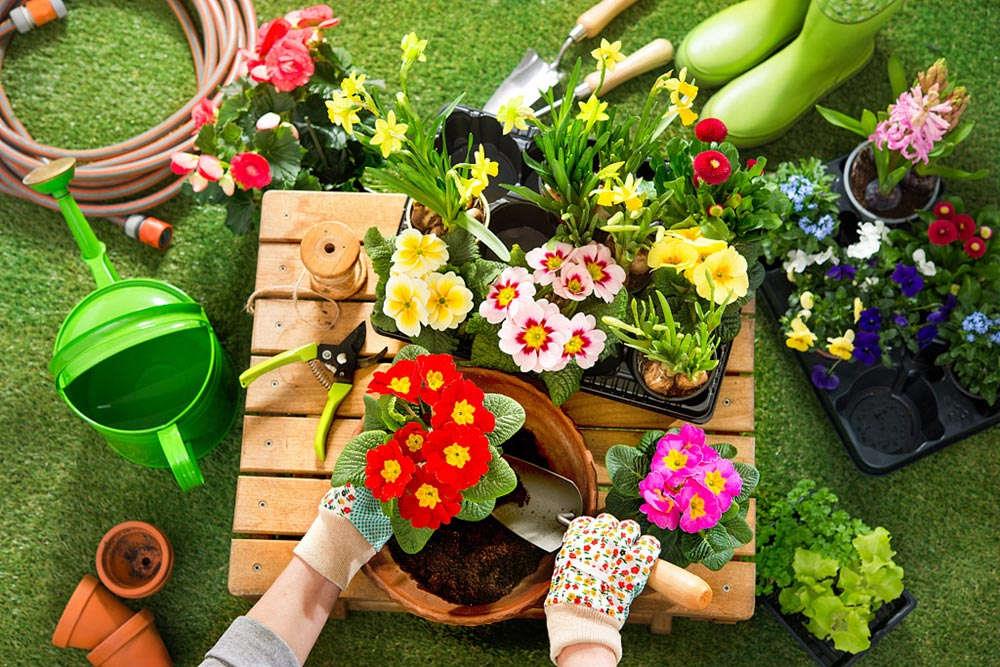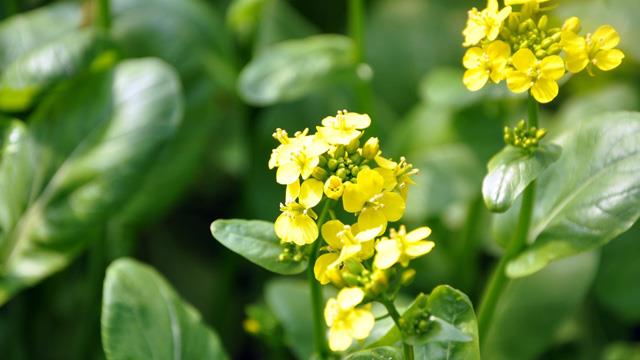What are flower bulbs?
Last Update :2024.11.03
Article Catalog
Corms: spherical or oblate spherical, with lateral buds on the nodes and well-developed terminal buds, including gladiolus, freesia, and Spanish iris. Bulbs: Common ones include daffodils, tulips, hyacinths, etc. Tubers: There are no annular knot marks on the surface, and roots develop at the bottom of the tubers. Flowers include Pulsatilla, calla lily, cyclamen, bulbous crabapple, ranunculus, etc.

Bulbs
Corms
The shape of underground stems is spherical or oblate, and obvious ring-shaped stem nodes can be seen. There are lateral buds on the nodes, covered by a membranous sheath, and the terminal buds are well developed. There are fine roots at the base, which can grow into thick traction roots before and after flowering, which support the aboveground part and prevent the new balls from being exposed to the ground.
Corm bulbous flowers include gladiolus, freesia, Spanish iris, etc.

Bulbs
Thick and fleshy Leaf deformation, that is, the scales are fused together to form an underground stem, and there are scales on the stem disk, from which axillary buds appear. When the axillary buds become enlarged, they will become new bulbs.
Bulbs are divided into two types: skinned and skinless bulbs. Common skinned bulbs include daffodils, tulips, hyacinths, etc., and skinless bulbs include lilies.

Tubers
The shape of the underground stems is Tuberous, with no annular knot marks on the surface, root systems occur at the bottom of the tuber, and there are several germination points at the top.
Such bulbous flowers include Pulsatilla, calla lily, cyclamen, bulbous crabapple, ranunculus, etc.

Roots
Underground taproot hypertrophy , the shape is blocky. There are dormant buds growing near the root neck, from which new shoots sprout. After the new roots elongate, many new roots are formed in the lower part.
Such flower bulbs include dahlias, peonies, etc.

Rhizomes
The underground stems are hypertrophic, The shape is root-like, with obvious nodes and internodes on it. There are degenerated small scale leaves on the nodes, and axillary buds on the leaf axils, especially the multiple lateral buds at the top of the rhizome, from which the above-ground branches develop and adventitious roots are produced.
Such flower bulbs include canna, lotus, hosta, etc.

Bulbs
Tubers
Root class
Rhizome
- END -
The difference between green vegetables and cabbage

Leaf differences: Green vegetables have basal leaves, obovate or broadly oval, and...
The difference between yellow wood flowers and jasmine flowers

Appearance: The former can reach up to 6 meters in height and has prickles on its ...